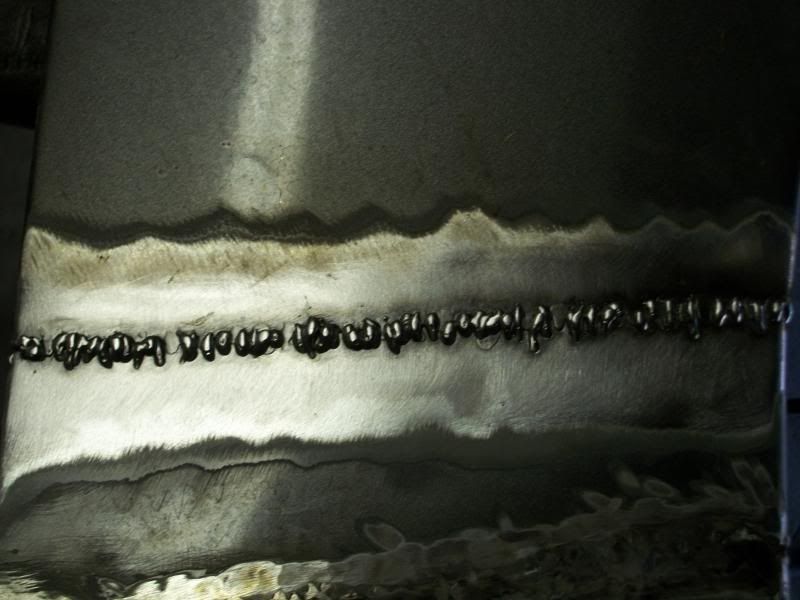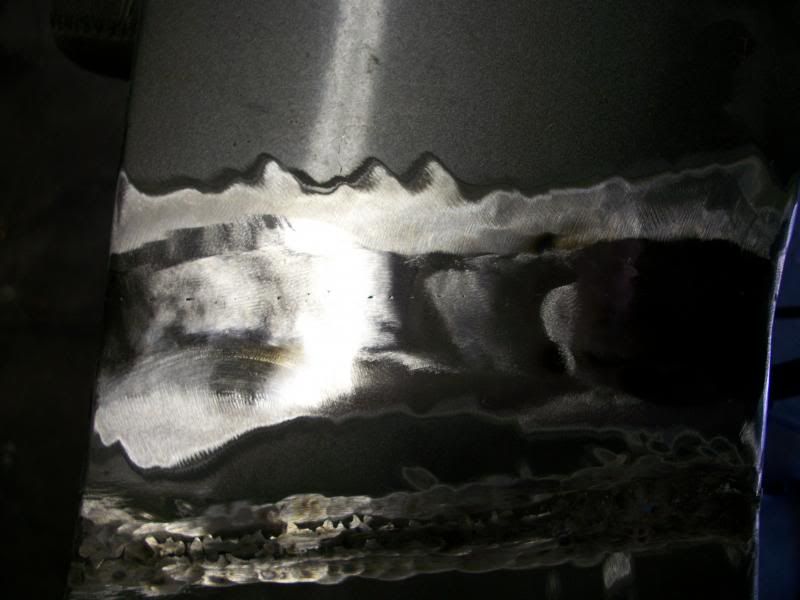inkjunkie
Well-Known Member
At some point you might want to get a good
[ame="http://www.amazon.com/dp/B008MOOEB2/ref=asc_df_B008MOOEB22560620?smid=A3REPELT3CBVRK&tag=sdcbing591-20&linkCode=asn&creative=395105&creativeASIN=B008MOOEB2"]500AMP COPPER WELDING GROUND CLAMP - Amazon.com[/ame]
ground clamp. My mig was sputtering last time I used it. Replaced the goofy ground clamp it had with one similar to the above link.....sputtering solved...
[ame="http://www.amazon.com/dp/B008MOOEB2/ref=asc_df_B008MOOEB22560620?smid=A3REPELT3CBVRK&tag=sdcbing591-20&linkCode=asn&creative=395105&creativeASIN=B008MOOEB2"]500AMP COPPER WELDING GROUND CLAMP - Amazon.com[/ame]
ground clamp. My mig was sputtering last time I used it. Replaced the goofy ground clamp it had with one similar to the above link.....sputtering solved...



















